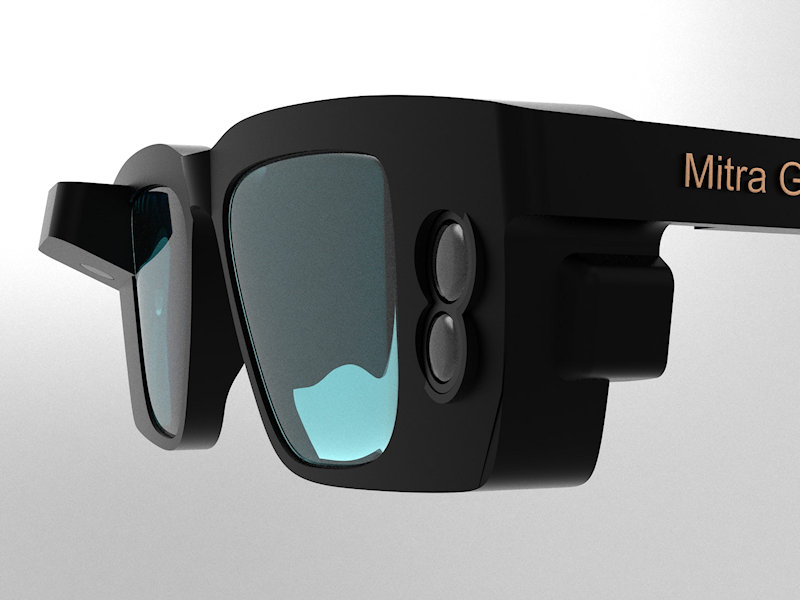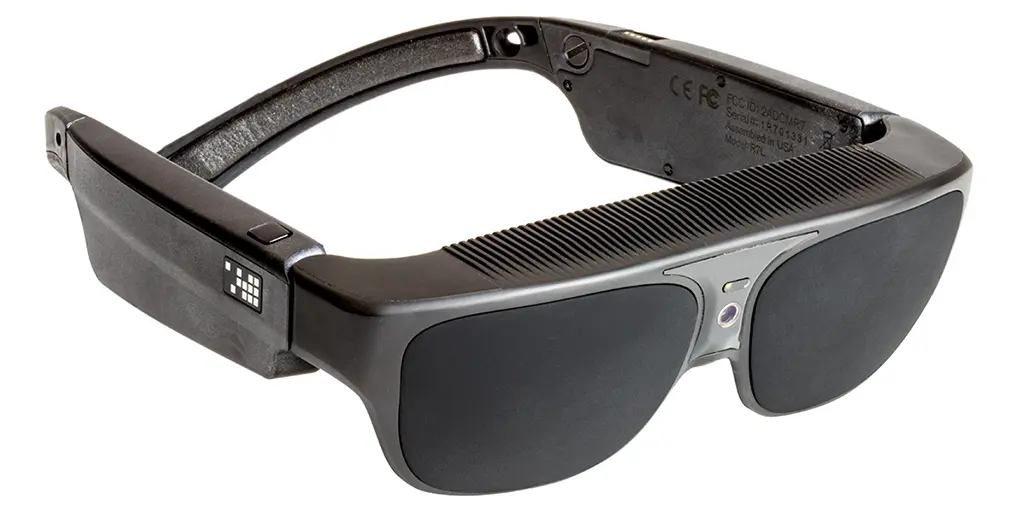Mobility Aids for Visually Impaired Users: Enhancing Independence and Navigation
Mobility Aids for Visually Impaired Users: Enhancing Independence and Navigation
Blog Article
Discover Advanced Assistive Devices for People With Visual Problems
The landscape of assistive technology for individuals with aesthetic impairments is developing swiftly, providing a variety of ingenious tools that enhance autonomy and interaction (Braille displays and notetakers). From wise glasses that flawlessly merge aesthetic input with auditory assistance to innovative navigation applications that redefine spatial understanding, these devices are reshaping opportunities. The latest advancements in Braille modern technology and voice-activated systems dramatically contribute to accessibility. Nevertheless, the ramifications of these growths expand far beyond plain performance; they challenge conventional understandings of special needs and independence. What might this imply for the future of addition and assistance?
Smart Glasses Innovations
Smart glasses represent a considerable advancement in assistive technology for people with visual disabilities. Furnished with sensors and cams, smart glasses can capture real-time visual info, which is then refined and conveyed to the user with audio responses or haptic feelings.
Moreover, advancements in artificial intelligence have better improved the abilities of clever glasses. Artificial intelligence algorithms can recognize faces, checked out message, and determine items, making them invaluable devices for day-to-day tasks. Users can get acoustic hints that offer context concerning their setting, cultivating freedom and confidence.
Additionally, the ergonomic layout and lightweight nature of many smart glasses make them appropriate for extended usage, making certain comfort while improving functionality. As these gadgets continue to develop, they hold the prospective to change the means people with aesthetic impairments experience their lives, linking the void in between accessibility and technology. The recurring research study and advancement in this area promise to broaden the possibilities for wise glasses, making them an essential element of modern assistive tools.
Navigation Apps and Tools
Numerous navigation apps and devices have become crucial resources for people with aesthetic disabilities, substantially boosting their capacity to go across unfamiliar settings. These technologies utilize GPS functionality, audio hints, and real-time information to offer customers with accurate navigating aid.
One famous example is the Aira application, which connects users to skilled agents that can provide aesthetic descriptions of surroundings and navigation guidance via a real-time video clip feed. This solution improves the individual's spatial understanding and confidence while navigating. An additional significant device is Seeing Eye GPS, which supplies voice-guided navigating and points of passion, making it possible for customers to access vital information about their environments.

As technology continues to development, the growth of a lot more innovative navigating tools guarantees to additional encourage people with visual impairments, assisting in seamless movement and assimilation right into diverse settings. Such innovations contribute in promoting an extra comprehensive culture.
Braille Technology Improvements
Recently, developments in Braille innovation have significantly transformed just how individuals with visual problems access info and involve with the globe around them. The development of mobile Braille displays has revolutionized analysis by enabling individuals to attach wirelessly to smart devices, tablet computers, and computer systems. These devices convert message into Braille in real-time, making it possible for smooth communication with digital material.
In addition, innovative Braille printers have emerged, enhancing the production how to become a doctor of optometry of tactile products. Modern embossers are much faster and much more reliable, enabling the quick creation of Braille documents and instructional products. This effectiveness reduces the moment and price connected with generating Braille resources, making them extra easily accessible to schools and companies.
In addition, the integration of Braille with other technologies, such as expert system and equipment knowing, has actually opened up new opportunities for tailored learning experiences. Voice recognition and synthesis innovations can complement Braille, giving an inclusive approach to details circulation.
As the need for comprehensive education and learning and workplace environments expands, these technical advancements play an essential role in empowering individuals with visual problems, guaranteeing they have equal access to details and chances in various aspects of life.
Wearable Tools for Independence
A growing range of wearable gadgets is here improving independence for individuals with aesthetic impairments, supplying cutting-edge options that boost navigation and day-to-day living. Braille displays and notetakers. These tools use advanced innovations to provide real-time responses and support, promoting freedom in different environments

Wearable innovation likewise includes smartwatches that can be configured with accessibility attributes, allowing customers to get notifications, track their locations, or even call for help with the touch of a button. In addition, some devices incorporate expert system to examine the environment, offering audio descriptions of nearby things or people.
Voice-Activated Assistive Solutions
Leveraging voice-activated assistive remedies has transformed the landscape of support for individuals with visual problems, providing hands-free communication and accessibility to a selection of tasks. These innovations make use of natural language handling and synthetic knowledge to enable customers to carry out everyday tasks via straightforward voice commands.

Furthermore, recent advancements in voice recognition accuracy have improved the individual experience considerably, accommodating diverse accents and speech patterns. This inclusivity ensures that even more individuals can take advantage of these technologies, promoting a better feeling of freedom.
Final Thought
In final thought, the growth of innovative assistive devices substantially improves the independence and lifestyle for people with Related Site visual impairments. Innovations such as smart glasses, navigation applications, Braille technology, wearable devices, and voice-activated services jointly foster an even more comprehensive atmosphere. These innovations encourage individuals to browse their surroundings with self-confidence and engage even more fully with the world, ultimately promoting greater accessibility and equivalent possibilities for individuals encountering aesthetic obstacles.
The landscape of assistive innovation for individuals with visual problems is evolving swiftly, providing a range of innovative tools that improve autonomy and involvement.Smart glasses represent a significant advancement in assistive modern technology for people with aesthetic impairments. As these tools continue to develop, they hold the possible to change the method individuals with aesthetic disabilities experience their everyday lives, connecting the void in between accessibility and technology.In recent years, advancements in Braille innovation have dramatically changed how individuals with aesthetic problems gain access to information and involve with the globe around them. These modern technologies equip customers to browse their surroundings with confidence and engage even more totally with the globe, inevitably promoting higher accessibility and equivalent possibilities for individuals dealing with aesthetic challenges.
Report this page